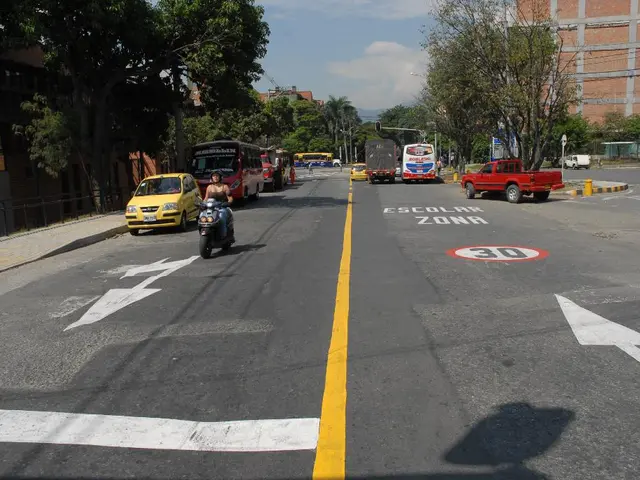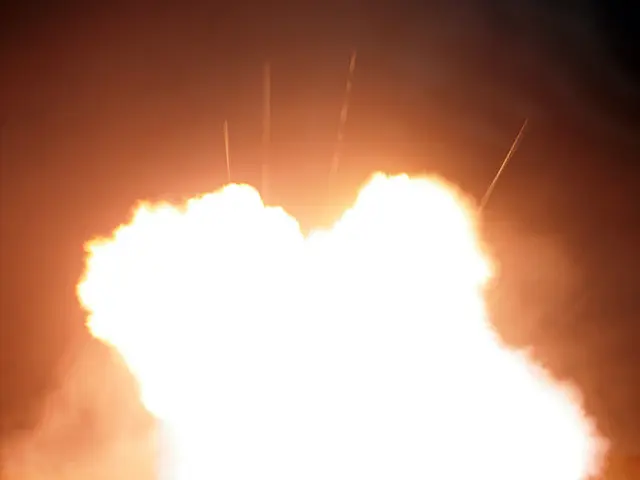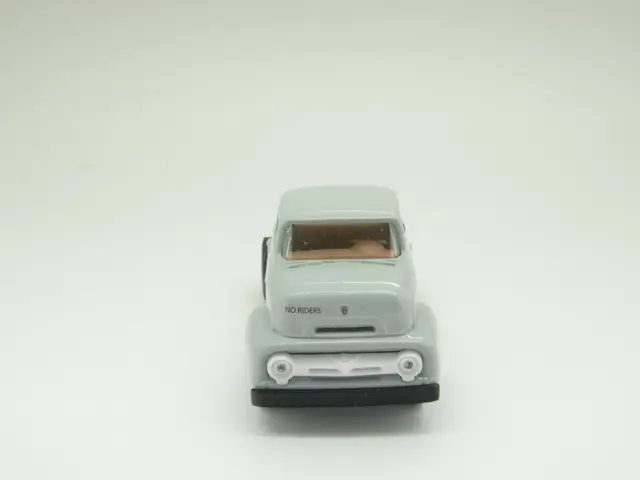"Nvidia's Ambitious Push for Human-Like Robots"
Cypriot Nvidia working on manufacturing human-like robots
Social Media ** satellitetv 📞 Telegram Email 🙌 Print 📎 Share Link**
In the heart of the AI revolution, Nvidia, the chip titan, has set its sights on an extraordinary goal: the creation of human-like robots. According to Nvidia CEO Huang, the future is all about autonomy, stating, "Everything that moves will be autonomous."
Nvidia's ambition is to extend its dominance in AI technology from data centers to the real world, powered by robots. During the company's GTC developer conference, Huang showcased Isaac Groot, a platform designed to hasten the development of humanoid robots. This initiative boasts collaborations with entertainment giant Disney, Google's AI firm DeepMind, and more.
Huang emphasized that robots would become a significant industry, predicting that by the end of this decade, there will be at least 15 million jobs missing due to automation. Occupying a realm beyond simple job replacement, Huang envisions an autonomous world, stating, "Everything that moves will be autonomous." He stressed the need for AI systems to process vast amounts of data and understand their environment, with Nvidia aiming to support the entire process, from AI software development to real-world deployment.
Rockstar Reception
Nvidia's chips have revolutionized AI applications, a fact evident in their use by tech titans like Google, Meta (Facebook), and AI startups like OpenAI. This recognition has fueled Nvidia's meteoric business growth in recent years.
At the GTC event, Huang was cheered like a rockstar—strutting on stage in his trademark leather jacket and launching merchandise into the crowd. For over two hours, he captivated audiences without the aid of a script.
Huang referred to data centers as "AI factories," catapulting our industries into a dual manufacturing landscape, one producing physical goods, and the other, the software to power them.
Announcing Isaac Groot and More
New Chip Systems: Nvidia plans to release its next-generation AI computers, code-named "Vera Rubin," in late 2026. Huang promised that Rubin and its predecessor, Blackwell (projected for this year), would significantly reduce the costs associated with operating AI software compared to current technology. The new generation is named after Vera Rubin, an American astronomer known for her groundbreaking work in dark matter research.
AI Computers for Desktop Users: Nvidia aims to make AI development accessible for desktop users with DGX Spark and DGX Station. These offerings will utilize the latest AI chips, including Blackwell.
Autonomous Vehicle Technology: General Motors has partnered with Nvidia for its autonomous driving technology solutions. Recently, GM abandoned its long-term robotaxi project under the Cruise umbrella.
The Power of AI in Modern Devices
AI Models as Personal Assistants: Nvidia utilizes simulations to train robots, self-driving cars, and other AI systems. This approach enables developers to test AI models in a variety of scenarios in a short timeframe. Under the name Cosmos, Nvidia offers software that generates lifelike simulations in high-resolution videos.
The Need for More AI Power
To address concerns that the demand for AI computing power may diminish, Huang demonstrated the power-hungry nature of new AI models. For instance, the Chinese model Deepseek R1 required 150 times more computing power than traditional AI software to determine a wedding seating arrangement based on traditions and individual family members' relationships. Initially, it seemed that Deepseek R1 required significantly less computational effort than previous AI models, leading to a drop in Nvidia's stock price. However, Huang insisted that the actual demand for computing power comes from generating answers, not training.
Investors, however, remained unconvinced, with Nvidia's stock falling 3.43% on the day of the presentation and an additional 0.55% in post-market U.S. trading.
Sources: ntv.de, mba/dpa
- Nvidia
- Artificial Intelligence
- Robot
- NVIDIA's plan for human-like robots involves the development of advanced AI models, simulation tools, and collaborative research efforts.
- Key initiatives include the world's first open, fully customizable foundation model for generalized humanoid reasoning and skills (Isaac GR00T N1), physically accurate simulations (Isaac Sim and Isaac Lab), and the Newton physics engine in partnership with Google DeepMind and Disney Research.
- NVIDIA has partnerships with Google DeepMind, Disney Research, 1X Technologies, Agility Robotics, Boston Dynamics, Mentee Robotics, and NEURA Robotics to accelerate the development of humanoid robots.
Chipmaker
Insights:
- In line with Nvidia's ambitious push for human-like robots, the company's CEO, Huang, announced the Isaac Groot platform, a collaborative initiative with tech giants like Disney and Google's DeepMind, aimed at hastening the development of humanoid robots.
- Moving beyond data centers, Nvidia envisions robots as a significant industry, with Huang predicting a future where everything that moves will be autonomous, emphasizing the need for AI systems to process vast amounts of data and understand their environment.
- In an effort to support the entire process, from AI software development to real-world deployment, Nvidia has partnered with General Motors for its autonomous driving technology solutions, a testament to the chipmaker's commitment to extending its dominance in AI technology to the real world, powered by robots.



